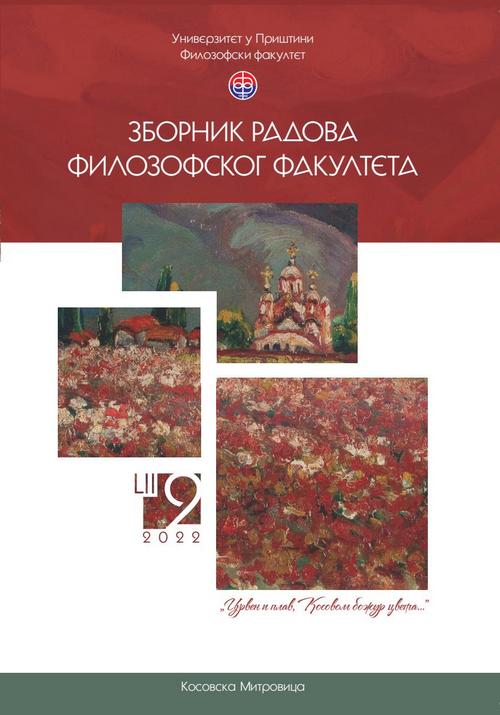Југословенско-румунско савезништво између два светска рата (Мала Антанта и Балкански споразум)
Yugoslav–Romanian Alliance Between the Two World Wars (Little Entente and Balkan Pact)
Author(s): Predrag M. VajagićSubject(s): Interwar Period (1920 - 1939)
Published by: Филозофски факултет, Универзитет у Приштини
Keywords: Kingdom of SHS; Yugoslavia; Kingdom of Romania; Little Entente; Balkan Pact
Summary/Abstract: With the creation of the Kingdom of Serbs, Croats, and Slovenes after the First World War, the new state got the Kingdom of Romania as a neighbour. Disagreements that existed between the two countries regarding the demarcation in Banat were resolved by the marriage of the King Alexander I Karađorđević and the Romanian Princess Maria Hohenzollern. The royal marriage was the basis for further development of allied relations between the states in the period between the two world wars. The partnership was strengthened by military-political pacts within the framework of the Little Entente and the Balkan Pact. The peace treaties concluded during the Versailles Conference did not guarantee the security of minor European countries such as the Kingdom of SHS and Romania. The revisionist aspirations of the joint neighbours of Hungary and Bulgaria developed friendly relations that Belgrade and Bucharest needed to deter the enemy from taking any action. The Yugoslav public viewed Romania as a friendly country, so diplomatic activities within the two alliances were closely monitored by the press. In addition, many public workers were concerned with analysing perspectives that could benefit the two countries in the future. The fact that Romania was a significant ally was evidenced by the fact that in December 1938 the mission was promoted to the rank of embassy, which was the first embassy in the diplomatic history of the Kingdom of Yugoslavia. In this paper, we intend to present the development of allied relations between the two countries, based on the historical reach of the historiography, as well as the analysis of the writing of the Yugoslav press. Particular attention will be paid to the challenges that the alliances faced during the Third Reich’s penetration into southeast Europe. Although the allies of the Kingdom of Yugoslavia and Romania would find themselves on opposite sides in World War II, there was no mutual war between the two countries, which was a consequence of the built relations in the interwar period.
Journal: Зборник радова Филозофског факултета у Приштини
- Issue Year: 52/2022
- Issue No: 2
- Page Range: 139-162
- Page Count: 24
- Language: Serbian

